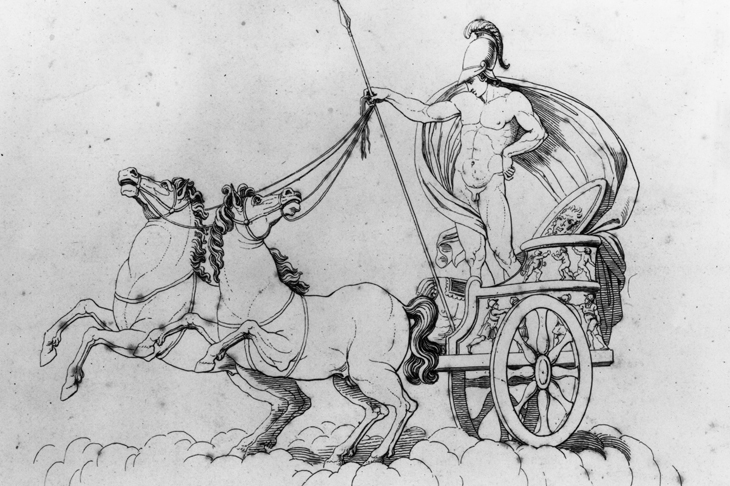Why are our years structured as they are? Censorinus in his de die natali (‘Birthday Book’) for his chum Caerellius (ad 238) revealed all, as follows.
The Roman year once had ten months. It began in March, named after Mars god of war, since that was when the fighting season began. April derived from aperio, ‘I open’, because nature ‘opened’ the way for birth (wrong derivation); May from the goddess Maia; Junius from the goddess Juno; Quinctilis meaning 5th (our July); Sextilis meaning 6th (our August); and September to December from the Roman numerals seven to ten.
This ten-month year had 304 days: 31 days in March, May, July and October; 30 days in April, June, August, September, November and December. In about 713 bc, two new months were added: Januarius derived from the god Janus, who looks backwards and forwards (cf. ianua, ‘door’ and our ‘janitor’), and Februarius from a ceremony of expiation (Februa). Fifty-one ‘lucky’ days were allotted to these months, making 355 days in all, but more were needed. So a day was subtracted from each of the six 30-day months (thus April, June, August, September, November and December became 29 days), and added to the 51 new days. These 51 + 6 days were then shared between January (29) and February (28).
But this 355-day year still did not match the solar cycle. With seasonal sacrifices hopelessly out of kilter (no good celebrating spring in a snowstorm), Julius Caesar added ten days as follows: two days each to January, August and December (all now 31); one day each to April, June, September, November (all now 30). Aware that the year was still a quarter of a day short, Caesar added one day to February every four years. In celebration, the month Quinctilis became ‘Julius’ at his death in 44 bc; and in 8 bc Sextilis became ‘Augustus’, after Caesar’s adopted son and emperor.
This ‘Julian’ calendar remains in force. Pope Gregory’s modifications in 1582 (1752 in the UK) merely shortened each year by 0.0075 of a day and recalibrated the dating of Easter.






Comments